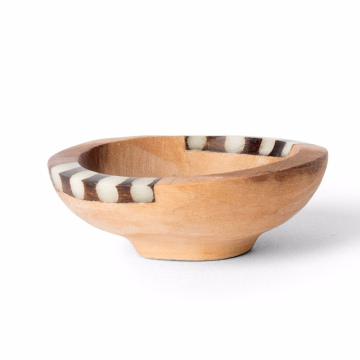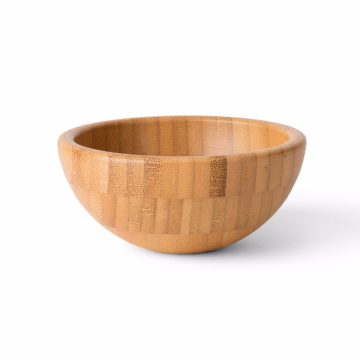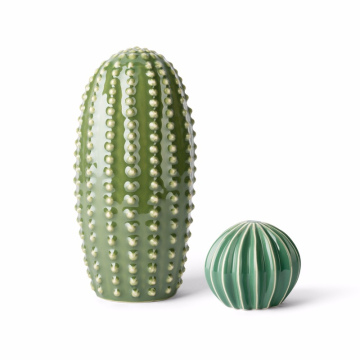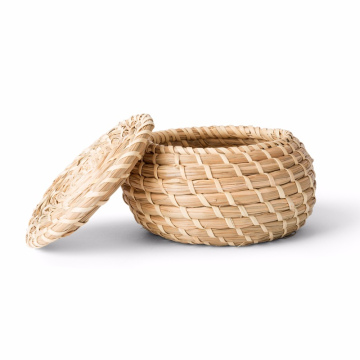What is Somen?
Somen, a delicately thin noodle originating from Japan, is an integral part of the country's culinary landscape. Traditionally made from wheat flour, water, and salt, these noodles are known for their light texture and subtly refined flavor. The history of somen dates back to the Heian period (794-1185), when they were introduced as a luxurious food item, enjoyed by the nobility. Over the centuries, somen has evolved into a staple that represents summer dining in Japan, often served chilled and garnished with various condiments.
There are primarily two types of somen: white somen and brown somen. While the former is made from refined wheat flour, resulting in a smooth, pale finish, the latter contains whole wheat, giving it a slightly nutty flavor and a brown hue. The texture of somen is notably silky, making it suitable for a wide array of dishes. It is not uncommon to find somen served in a cold broth or paired with dipping sauces, accentuating the noodles’ subtle taste.
Culturally, somen holds significant importance, particularly during the summer months. Festivals, such as the well-known Tanabata, often include somen as a delightful dish to symbolize prosperity and good fortune. The preparation of somen is also quite unique, as the noodles are typically stretched and then cut into long strands, a method that reflects traditional craftsmanship. In addition to its traditional uses, somen is increasingly popular outside Japan, appreciated for its versatility and ease of preparation.
Served with refreshing dipping sauces or accompanied by seasonal ingredients, somen encapsulates the essence of summer meals. Its lightness not only provides a respite from the heat but also connects diners to Japanese culture and tradition. Overall, somen is a must-try dish for those interested in exploring the breadth of Japanese noodles and their roles in international gastronomy.
Health Benefits of Somen
Somen, a traditional Japanese thin noodle made from wheat flour, offers a range of health benefits, making it an appealing option for light summer meals. With a low calorie profile, somen typically contains around 340 calories per 100 grams when cooked. This makes it an optimal choice for individuals looking to manage their weight without sacrificing flavor or satisfaction. The noodle's low fat content, often less than 1 gram per serving, further enhances its suitability for a health-conscious diet.
Rich in carbohydrates, somen provides the energy necessary for active lifestyles, especially during the warmer months when physical activities are at their peak. Beyond carbohydrates, somen is also a source of essential nutrients, including B vitamins which play a crucial role in energy metabolism and overall health. Incorporating somen into meals can help meet daily nutrient requirements while keeping dishes light and refreshing.
For individuals with dietary restrictions, somen can often be adapted to fit various eating plans. While traditional somen contains wheat and is not gluten-free, there are alternatives made from rice or other gluten-free grains that allow those with gluten sensitivities to enjoy this dish. Additionally, somen can easily be paired with a variety of ingredients to enhance its nutritional value; adding vegetables, lean proteins, or plant-based options can create a balanced and satisfying meal.
Vegan diners will appreciate the versatility of somen, as it is naturally devoid of animal products, allowing for numerous plant-based pairings. By combining somen with fresh, seasonal ingredients like cucumbers, tomatoes, or tofu, one can create enjoyable dishes that are both nutritious and visually appealing.
Delicious Ways to Serve Somen
Somen noodles are a versatile option that can elevate any summer dining experience. Traditionally, cold somen is enjoyed with a dipping sauce known as tsuyu, made from a mix of soy sauce, mirin, and dashi. This refreshing dish is perfect for hot weather, served alongside delicate garnishes such as sliced green onions, grated ginger, and wasabi, allowing diners to customize each bite to their taste.
For a modern twist, consider incorporating somen into a refreshing salad. Toss cooked, chilled somen with seasonal vegetables like cucumber, bell peppers, and carrots for a light and vibrant dish. A simple sesame dressing or a soy vinaigrette can enhance the flavors, making it a delightful addition to any summer gathering. To further elevate this dish, consider adding protein such as shrimp, tofu, or grilled chicken, transforming it into a hearty meal.
Another creative way to serve somen is in noodle bowls that celebrate summer produce. Pair cold somen with a variety of vegetables, such as cherry tomatoes, radishes, and edamame, creating a colorful and nutritious spread. A drizzle of ponzu sauce or a splash of citrus juice can brighten the flavor profile and add a burst of freshness. For added texture, toppings like toasted sesame seeds, crushed peanuts, or crispy nori can provide a delightful crunch.
As the popularity of somen continues to rise, the opportunities for experimentation are endless. From traditional dipping sauces to modern salads and noodle bowls, this easy-to-prepare noodle can adapt to various culinary styles. By incorporating diverse toppings and fresh ingredients, individuals can craft unique and individualized somen dishes that are sure to impress. Invite family and friends to join in the fun of preparing these dishes, as summer is the perfect time to explore and enjoy the light, elegant nature of somen noodles.
Where to Find and How to Cook Somen
Somen noodles, known for their delicate texture and subtle flavor, can be found in various locations, both locally and online. For those eager to try somen, Asian grocery stores are an excellent starting point. These markets typically carry a variety of somen brands, often imported directly from Japan, ensuring authenticity. When selecting somen noodles, it is advisable to look for packaging that confirms the product's origin and quality. Many brands offer somen made from 100% wheat flour without the addition of artificial ingredients, which is essential for both flavor and texture.
In addition to local Asian markets, numerous online retailers provide a broad selection of somen noodles, allowing shoppers to compare brands and prices conveniently. Websites dedicated to Asian cuisine often include user reviews, which can guide buyers in choosing the best somen for their culinary needs. When purchasing online, checking for freshness dates and packaging integrity is crucial to ensure optimal quality.
Cooking somen is a straightforward process that requires attention to detail to achieve the perfect texture. Begin by bringing a large pot of water to a rolling boil. Add the somen noodles and cook them for approximately 3 to 4 minutes, stirring gently. Overcooking can result in a mushy consistency, while undercooking may yield a chewier texture. Once cooked, drain the noodles and rinse them under cold water to stop the cooking process and remove excess starch.
To store cooked somen, it is best to place it in an airtight container and refrigerate. This method can keep the noodles fresh for up to three days. When reheating, simply add a splash of water and microwave for a brief period, or briefly plunge the noodles into boiling water. This technique helps retain their original quality and taste, allowing individuals to enjoy delicious somen dishes throughout the summer.








